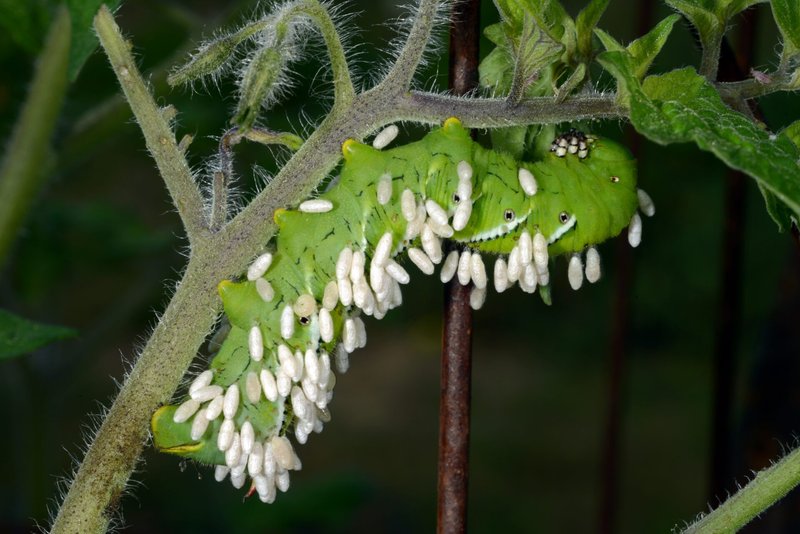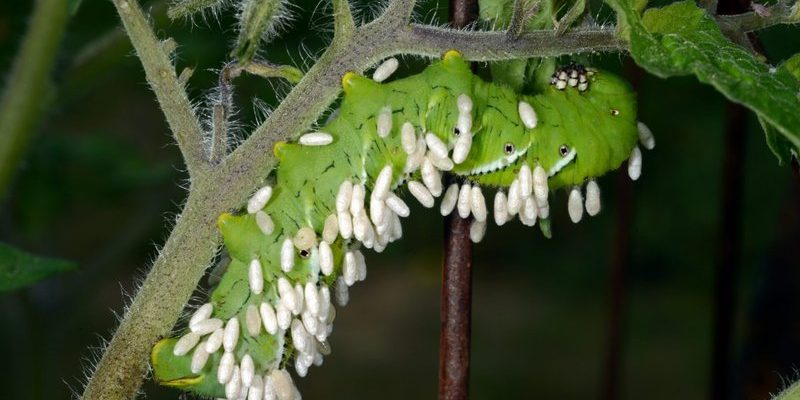
You might be wondering what makes hornworms so special. Sure, they look a bit like something straight out of a sci-fi movie, with their green bodies and tiny horns, but they’re also incredibly resilient. Understanding their survival tactics can give you insight into the fascinating world of insects. Just like we bundle up in layers when it’s freezing outside, hornworms have their own ways of coping with extreme temperatures and other harsh conditions.
The Life Cycle of Hornworms
Hornworms, most commonly found as the larvae of the moth species Manduca sexta, have a unique life cycle that helps them adapt to their environment. They start as tiny eggs, and once they hatch, they enter a phase of rapid growth. This phase is crucial because hornworms feed voraciously on host plants, like tomatoes and peppers. Their diet not only provides energy but also helps them build resilience against harsh conditions.
While growing, hornworms undergo several molts, shedding their skin to accommodate their increasing size. This transformation is fascinating—their ability to change is a bit like a superhero gaining strength. Each time they molt, they become better adapted to their surroundings. If they were to face an unexpected cold snap, their youthful ability to change gives them an advantage.
Temperature Tolerance and Adaptation
One of the biggest challenges hornworms face is temperature fluctuations. These creatures usually thrive in warm, humid climates. When temperatures drop, they have some nifty tricks up their sleeves. **Hornworms can enter a state of diapause**, which is similar to hibernation in mammals. During this phase, their metabolic rates drop significantly, allowing them to conserve energy until conditions improve.
This adaptation is essential for their survival. Imagine being stuck in a cold room for an extended period without food. Most creatures would struggle, but hornworms can pause their growth and wait it out. When the weather warms up again, they “wake up” and continue their caterpillar lives. This strategy not only helps them survive but also ensures they can emerge as healthy moths when the time is right.
Water Conservation Strategies
In addition to temperature, water is another critical factor for survival. Hornworms have adapted to conserve moisture in their bodies, which is vital during dry spells. Their thick, waxy skin helps prevent water loss, much like how we might wear a rain jacket when the weather gets tough.
Here’s something cool: hornworms can also survive on very little water for extended periods. They have a unique way of processing food that allows them to extract moisture. This is especially handy during hot, dry conditions when water is scarce. By being efficient with their resources, hornworms make it through tough times when other insects might perish.
Behavioral Adjustments to Weather Changes
Hornworms are not just passive survivors; they’re quite clever about how they react to changing weather patterns. For instance, when they sense a drop in temperature or humidity, they might alter their feeding habits. Instead of munching on leaves during the day when it’s hot, they’ll often feed at night when it’s cooler.
This behavior is much like how some people prefer to exercise in the morning or evening to avoid the heat. By being active during cooler parts of the day, hornworms minimize the risk of dehydration and overheating. These smart adjustments help them stay nourished and increase their chances of survival despite adverse conditions.
Predator Evasion in Harsh Weather
Harsh weather doesn’t just impact temperature and moisture; it can also change the landscape. Heavy rains can wash away plants, and fierce winds can uproot them. But hornworms have adapted to evade predators, which is crucial for survival during tough conditions.
When faced with predators like birds or wasps, hornworms can blend in with the green foliage of host plants. Their coloring is a fantastic form of camouflage, making it hard for hungry eyes to spot them. Additionally, some hornworm species can even mimic the appearance of snake eyes to scare off predators. Picture a tiny caterpillar making itself look like a big, scary snake—now that’s clever!
Hornworms might not be as cuddly as a puppy or as majestic as an eagle, but their ability to survive harsh weather is truly remarkable. From entering diapause to conserving water and adjusting their feeding habits, these little caterpillars have mastered the art of resilience.
By understanding how hornworms navigate the challenges of their environment, we gain a better appreciation for nature’s incredible adaptations. So, the next time you spot one on your tomato plant, remember that this little guy has a lot more going on than just munching on leaves—he’s a survivor in a big, unpredictable world.

